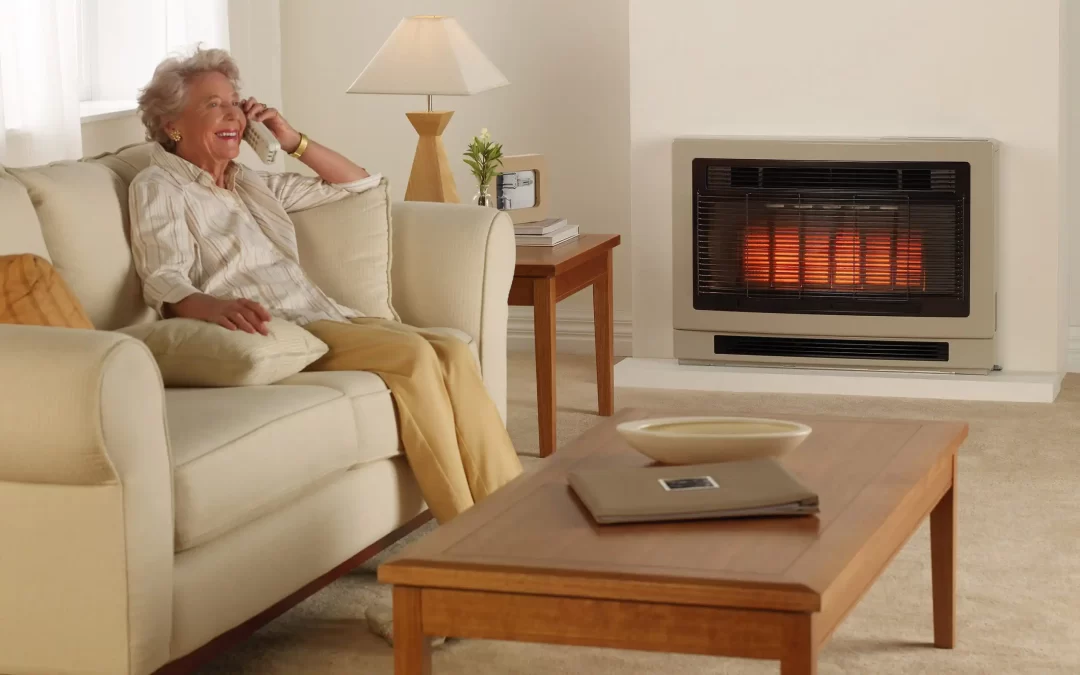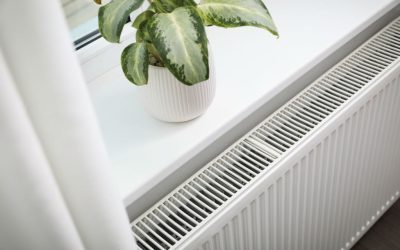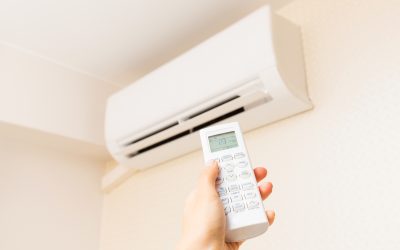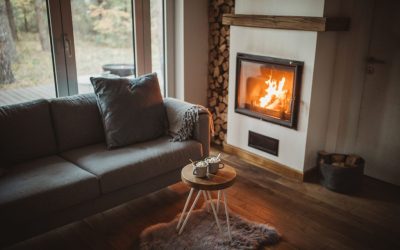Winter can get into your bones, and for many households, a reliable gas heater becomes part of daily life. Whether it’s a split unit or ducted system, gas heating is one of the best ways to keep your home warm during the colder months.
But while these systems give us comfort, they also come with risks – some of them invisible. Carbon monoxide poisoning, fire hazards and faulty components are all real threats if your heater isn’t used and maintained properly.
Unfortunately, many people forget that heating systems – just like cars or gas stoves – aren’t meant to be turned on and ignored.
“The safety of your family is paramount. Gas heaters (and other gas appliances) can pose a potential risk if not properly maintained”, says metropolitanheatingandcooling.com.au/.
Here are five safety tips to help you enjoy your gas heater all winter long without compromising your family’s well-being.
1. Book regular servicing – not just when something goes wrong
It may sound like something you can put off, but having your gas heater serviced every two years (or more frequently if recommended) is not optional. It’s essential.
Gas heaters, over time, can develop leaks, clogged filters or cracks in internal components. You won’t always see or hear a problem, but that doesn’t mean one isn’t there.
A licensed gas fitter has the equipment to test for hidden faults, gas leaks and dangerous carbon monoxide emissions. They’ll also make sure the system is combusting fuel properly and not releasing byproducts into your home.
The trouble is that many people only call a technician when the heater stops working or smells strange. By then, the problem could already be serious.
Real-world tip: Ask your technician for a carbon monoxide check as part of the service. It should be standard, but it’s worth confirming. And always check their gas fitting licence – don’t just assume they’re qualified.
In Australia, some states have introduced mandatory servicing regulations for rental properties, requiring landlords to arrange regular safety checks. If you’re renting, it’s well within your rights to ask when the last service was done.
2. Install a carbon monoxide alarm – and don’t ignore it
Carbon monoxide (CO) is a gas you can’t see, smell or taste. When inhaled, it binds with your blood more effectively than oxygen does, reducing your body’s ability to function. At high levels, it can cause unconsciousness within minutes.
Faulty gas heaters are one of the most common sources of carbon monoxide leaks in the home. That’s why every household with gas heating, especially older or unflued models, should install a carbon monoxide alarm. These small devices save lives, plain and simple.
Mount the alarm at head height, near where you sleep or near your heater. Make a habit of checking the battery every few months. If it ever goes off, open all doors and windows, turn off the heater and leave the property. Then call a licensed plumber or technician to inspect the system.
Common symptoms of CO exposure: headaches, dizziness, fatigue, nausea or a general sense of fogginess that gets worse indoors and improves outdoors.
3. Never use outdoor gas appliances indoors
It might be tempting during a particularly cold snap: that camping heater in the shed or the gas barbecue might look like a quick fix when the indoor heater stops working. Don’t make that mistake.
Outdoor appliances are not designed for indoor use. They lack the safety features required for enclosed environments, and they release dangerous levels of carbon monoxide. Even a few minutes of use in a closed garage or poorly ventilated room can be fatal.
These kinds of incidents happen every year, often in the context of power outages or emergencies, where people use barbecues or portable camping heaters inside the house. It’s one of the leading causes of non-fire-related gas poisoning in colder months.
Golden rule: If it doesn’t say it’s safe for indoor use, don’t bring it indoors. Not even in the laundry. Not even “just for a minute.”
4. Keep anything flammable well away from the heater
It’s natural to want to sit close to the heat, especially when you’ve just come in from the cold. But flammable items and gas heaters are a dangerous mix. Too often, people drape clothes, towels or bedding over or near heaters to dry them faster. It might seem harmless, but it’s not.
Most gas heaters require at least a one-metre clearance zone in all directions. That includes curtains, blankets, clothing racks, books and even furniture. If your heater is wall-mounted or freestanding, make sure it’s not boxed in by objects.
Portable models can be especially hazardous as people move them around and place them too close to beds or lounges. Children and pets are also at risk of burns if they get too close.
Extra step: Check the manual for your heater’s recommended safety clearance. Some require more than one metre. And always turn the heater off before going to bed or leaving the house.
5. Ventilation – even when it’s freezing
Sealing up every crack and window might seem smart when you’re trying to stay warm. But gas heaters need oxygen to function properly. If the room becomes too airtight, your heater could start producing carbon monoxide or struggle to operate efficiently.
Ventilation doesn’t mean flinging open all the windows. It can be as simple as cracking a window slightly or ensuring wall vents aren’t blocked by furniture. This is especially important with older units or portable heaters without flues.
Look out for warning signs:
- Flames that flicker yellow instead of blue
- A buildup of condensation on windows
- A musty or stale smell
- A heater that frequently switches itself off
- Any of these could be a sign of poor combustion or inadequate airflow.
Don’t let comfort turn risky
Before the chill sets in deeper, take a moment to ask yourself: Has your gas heater been serviced recently? Is your carbon monoxide alarm working? Are vents clear and unobstructed?
Gas heating can be a safe and reliable way to stay warm, but only when it’s properly maintained. Every year, Australian homes experience preventable injuries and even fatalities due to faulty heaters and poor ventilation.
The good news? A quick safety check today can help you avoid serious issues tomorrow.
If you’re unsure where to start, Tradie Near Me can connect you with a licensed local gas technician who’ll inspect your system, check for carbon monoxide, and make sure everything’s running safely and efficiently.
Stay warm, stay safe – and don’t put it off. Book a trusted gas heating expert through Tradie Near Me today.






